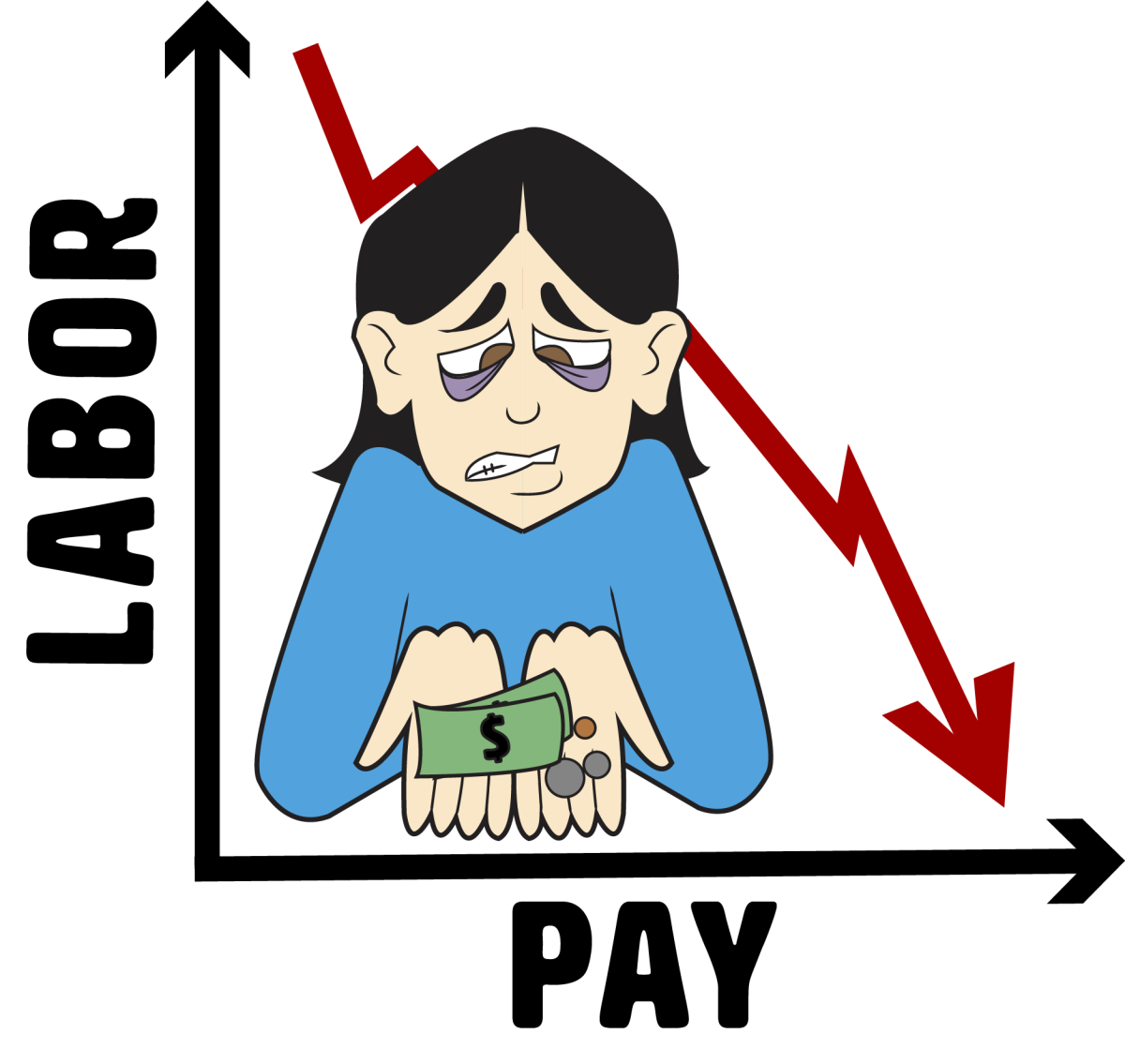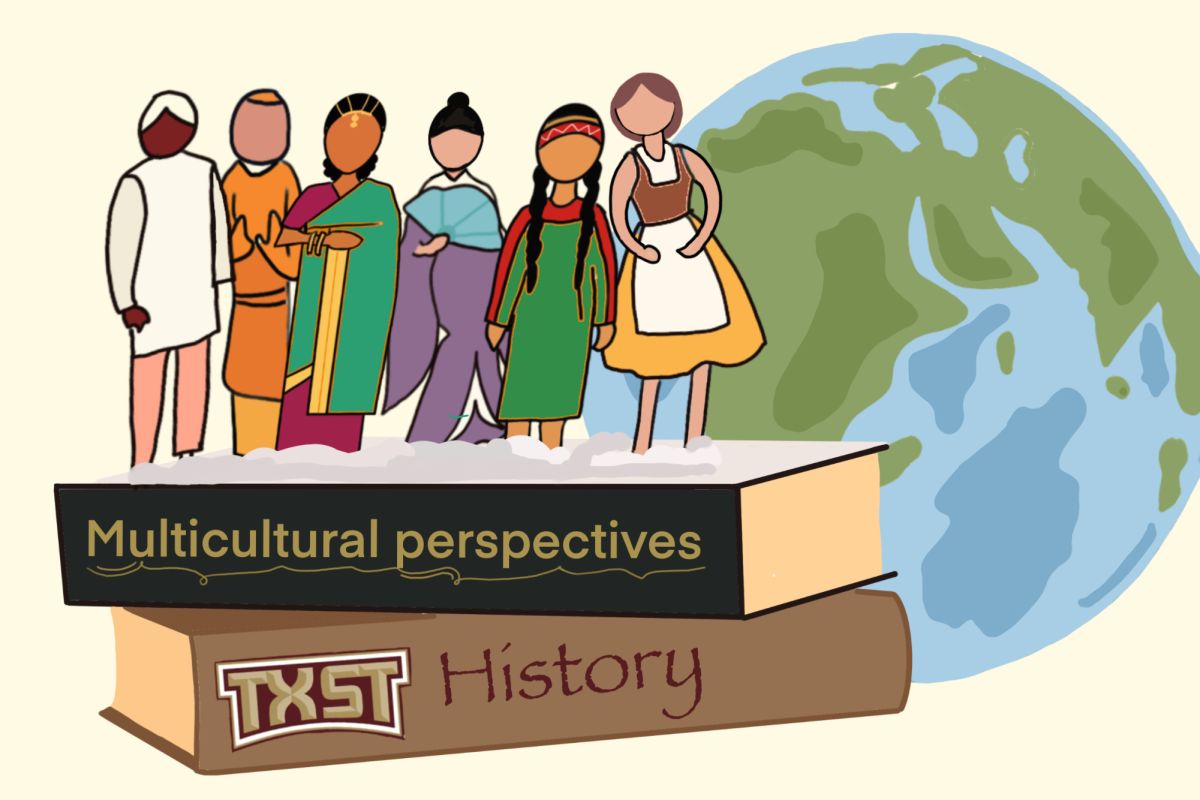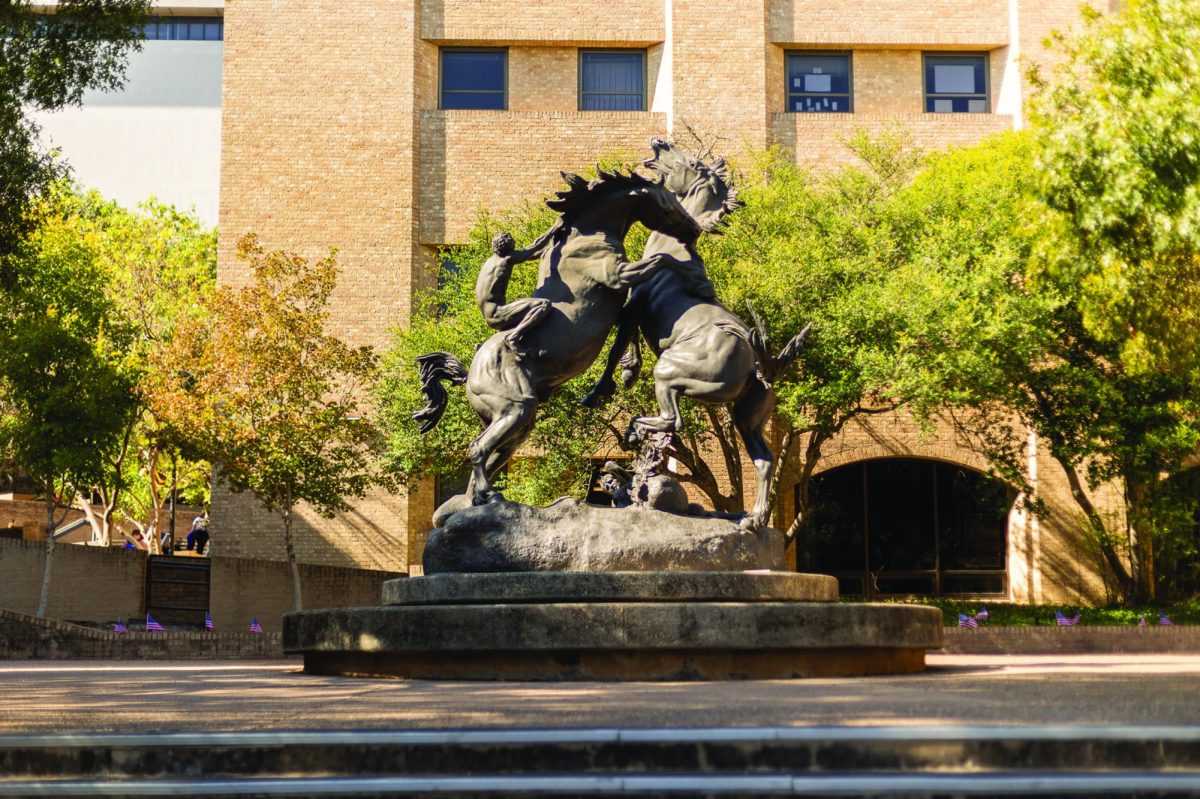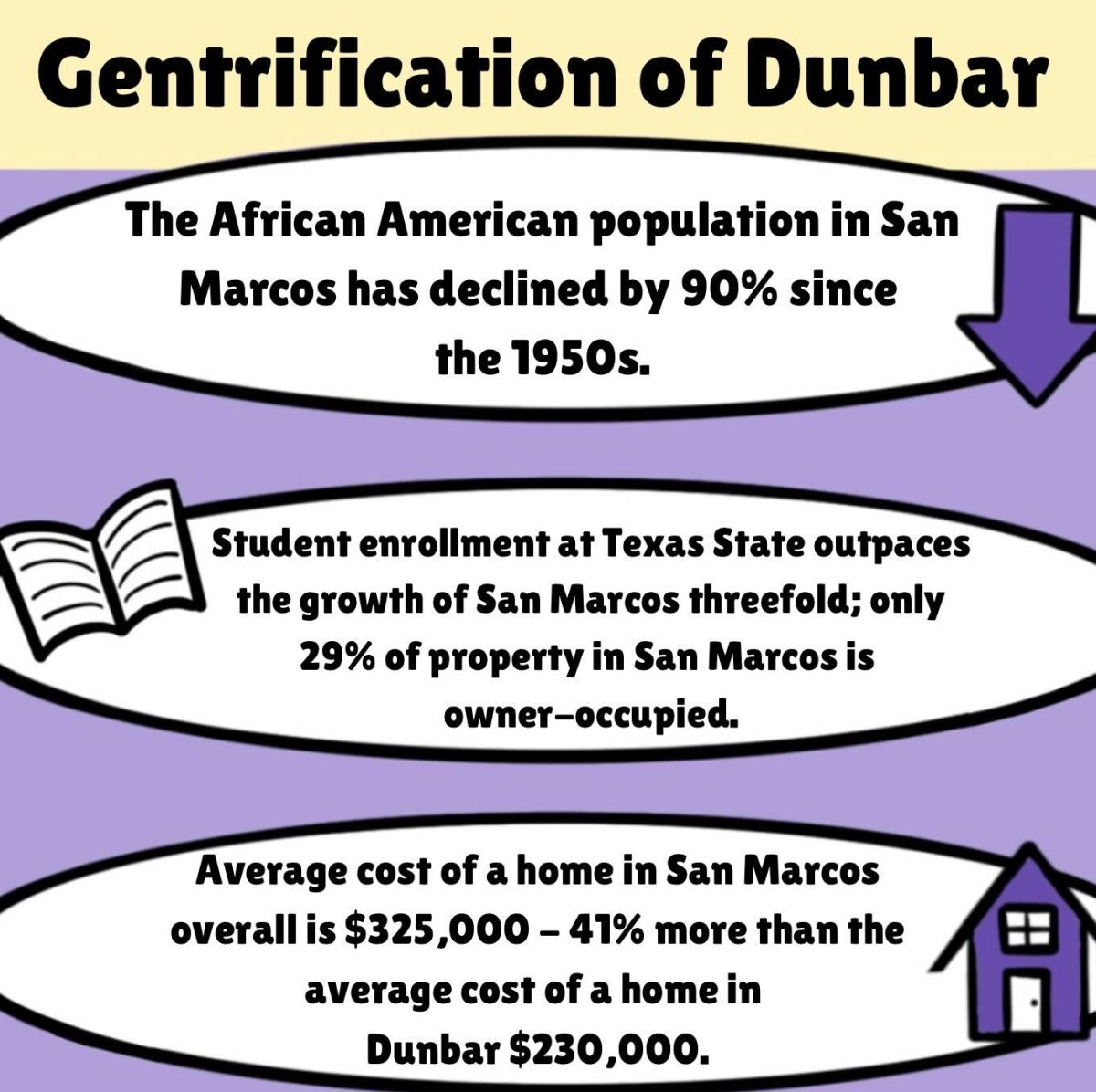In 2022, Texas employed roughly 1.96 million people in the public-nonprofit sector. Of these people, the average salary was $45,940. In 2020 U.S. nonprofits were the third largest employer in the economy, and in the middle of the COVID-19 pandemic, we could see just how important the roles of these employees are.
Yet the pay gap between those who work in the public sector and those who perform similar functions in the private sector is ever-growing. If not addressed, this pay gap could lead to an increased decline in graduates entering the workforce in public jobs.
The nonprofit sector is more significant than one might imagine. For example, K-12 teachers are state employees, which means they are in the public, nonprofit sector.
This sector includes people employed at your local city hall, the people who keep the water going, the people who maintain the parks, police officers and firefighters. Also, consider people who support local homeless shelters like Southside Community Center in San Marcos.
These workers play critical roles in communities. To get a competitive, well-trained and well-educated workforce in the nonprofit sector, businesses need to pay well and have good benefits.
The same is true in the private sector. This pay gap concerns college graduates entering the workforce, as 1,035 students in Texas are getting their degree in public administration this year, and 70 are at Texas State.
The average salary of someone working with a Master of Public Administration degree is roughly $73,000. Meanwhile, the average salary of someone working with a Master of Business Administration degree is approximately $101,034. For reference, Stephanie Reyes, the interim city manager for the City of San Marcos, holds an MPA degree. The average pay for a city manager in Texas is $78,542. A city manager position is equivalent to that of a CEO at a company.
Being classified as a nonprofit means the business does not generate a profit. Nonprofits need to make money to survive, just like any other business. Nonprofits take the money made and put it directly back into their mission rather than making money off the top. The notion that nonprofit employees, such as the CEO of Goodwill, should make less money than people who work in the private sector because, in doing so, they are somehow robbing their mission of needed funds is misled.
There is misinformation circulating about donating to goodwill. In 2017, the CEO of Goodwill Industries, James Gibbons, made roughly $598,300 in salary, and Goodwill has approximately 4,245 locations in the U.S. Meanwhile, Walmart CEO, Doug McMillon, made about $1,272,000 in compensation in 2021 and Walmart has roughly 4,650 locations in the USA. This is an example of nearly identical jobs with an astronomical gap in pay.
Just because Gibbons manages stores with a nonprofit mission and McMillon operates stores in the for-profit arena doesn’t change the fact that they have similar jobs. Ideally, you would want these employees to have on-par job qualifications; thus, on-par compensation shouldn’t be a frowned upon idea.
Nonprofit organizations pay their management well, government agencies raise their minimum wage and police or fire departments offer sign-on bonuses simply to try and stay competitive in today’s job market and hire well-trained and well-educated employees to serve in critical social service positions.
-Lindsey Boyd is a public administration graduate student
The University Star welcomes Letters to the Editor from its readers. All submissions are reviewed and considered by the Editor-in-Chief and Opinion Editor for publication. Not all letters are guaranteed for publication.
Opinion: Lose the private-public pay gap
Lindsey Boyd, Opinions Contributor
February 19, 2023
0
Donate to The University Star
Your donation will support the student journalists of Texas State University. Your contribution will allow us to purchase equipment and cover our annual website hosting costs.
More to Discover














